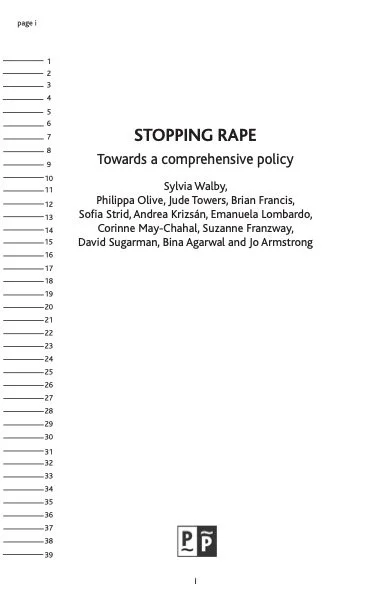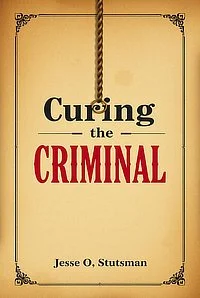By Dany Bahar; Meagan Dooley; Andrew Selee
The sudden, large-scale movement of nearly 5.2 million Venezuelans out of their country, most since 2014, with more than 4.2 million of them settling in other countries in Latin America and the Caribbean, has raised concerns about how this is affecting receiving communities, with some politicians and pundits claiming that these new arrivals are leading to a rise in crime. Yet few studies have been conducted in the region that examine whether and what type of link may exist between immigration and crime, in part because immigration at this scale is a relatively new phenomenon in most Latin American countries, and this particular mass migration is so recent.1 This issue brief explores data in the three countries with the largest number of Venezuelan migrants and refugees as of 2020—Colombia, Peru, and Chile, which together host more than 2 million Venezuelan nationals—to better understand whether and what sort of relationship exists between this immigration and crime rates. Some of the datasets used are publicly available, while others were obtained by the authors through direct requests to government agencies. For each country, this study analyzes crime data, when possible disaggregated by nationality, and data on the presence of Venezuelans at the subnational level (though the available data do not allow for this to be done in exactly the same way in all three countries). For the most part, analysis of data from 2019 suggests that Venezuelan immigrants commit substantially fewer crimes than the native born, relative to their share in the overall population, signaling that public perceptions on newcomers driving up crime rates are misleading. In Chile, for example, only 0.7 percent of people indicted for crimes in 2019 were Venezuelan nationals, even though Venezuelans made up 2.4 percent of the population. Similarly, in Peru, where this analysis uses imprisonment data as a proxy for crime rates, 1.3 percent of those in prison were foreign born—of any nationality—as of 2019, whereas Venezuelan nationals make up 2.9 percent of the country’s overall population. For the most part, analysis of data from 2019 suggests that Venezuelan immigrants commit substantially fewer crimes than the native born. In Colombia this relationship holds true for violent crimes, as Venezuelan nationals comprised 2.3 percent of arrests for violent crimes in 2019, while they represent 3.2 percent of the population. For crimes overall, however, the picture is more mixed, as 5.4 percent of all arrests were of Venezuelans, a rate higher than their share of the population. Most of these crimes were reported in border regions, perhaps a reflection of the illicit smuggling networks that operate across the Colombian-Venezuelan border. In exploring plausible explanations for crime rates in different parts of the country, it appears that the regions in which Venezuelans were responsible for higher shares of crimes are also those where Venezuelans face higher rates of unemployment. This finding is consistent with the literature that suggests granting migrants and refugees formal labor market access can reduce the incidence of crime among this population. The data in this study provide strong evidence that the presence of Venezuelan immigrants is not leading to increased crime in the region—certainly not in the three countries that have received the largest number of Venezuelan migrants and refugees. Indeed, in most cases they tend to commit a smaller share of crimes than their proportion of the population. Even in the one case where the results are more ambiguous—Colombia—they are more involved in minor crimes and far less involved in major crimes than their population share. These results suggest that fears about Venezuelan newcomers driving up crime are simply misplaced. Sudden mass migration certainly presents challenges to receiving societies, but, at least in this case, a major crime wave is not one of them.
Washington, DC; Brookings Institute, 2020. 27p.














